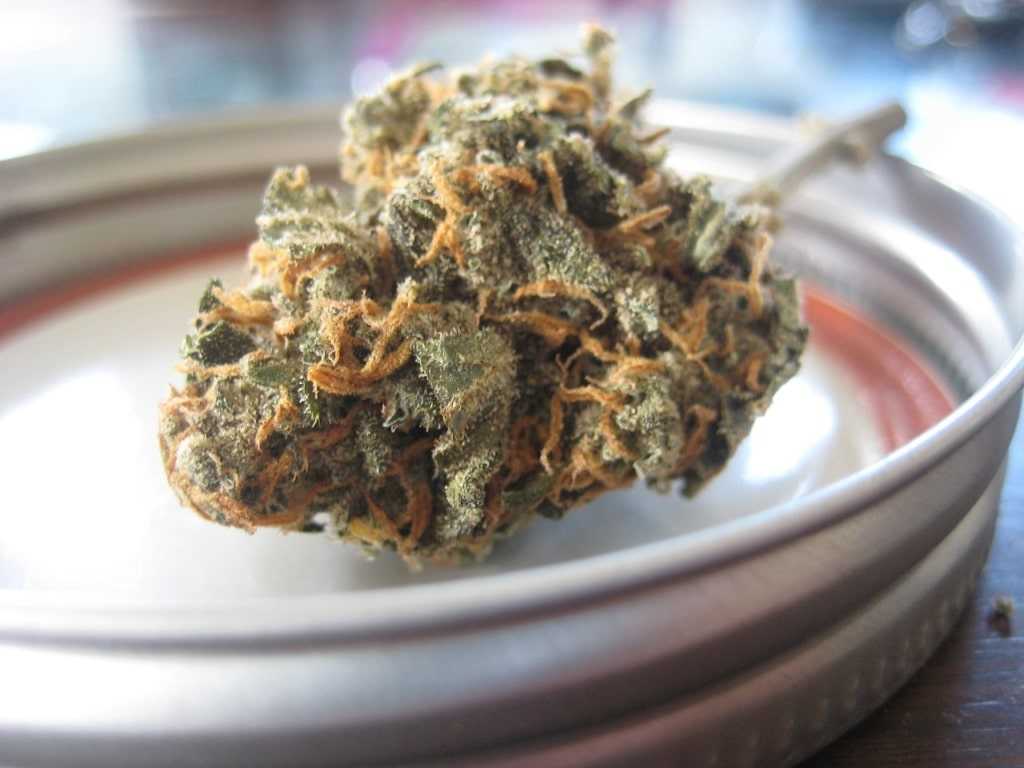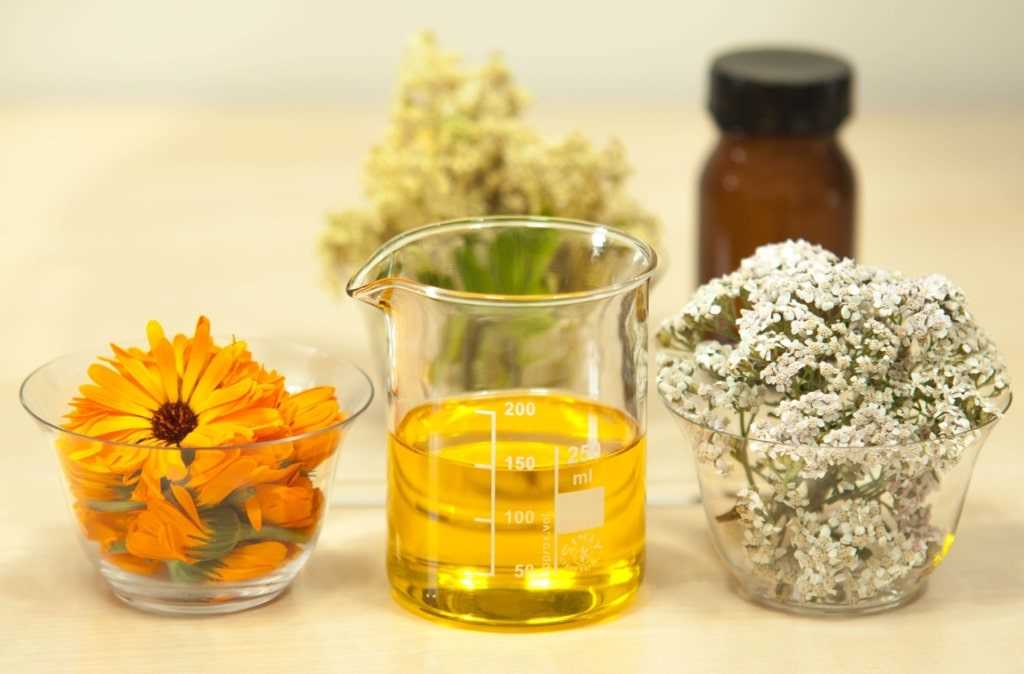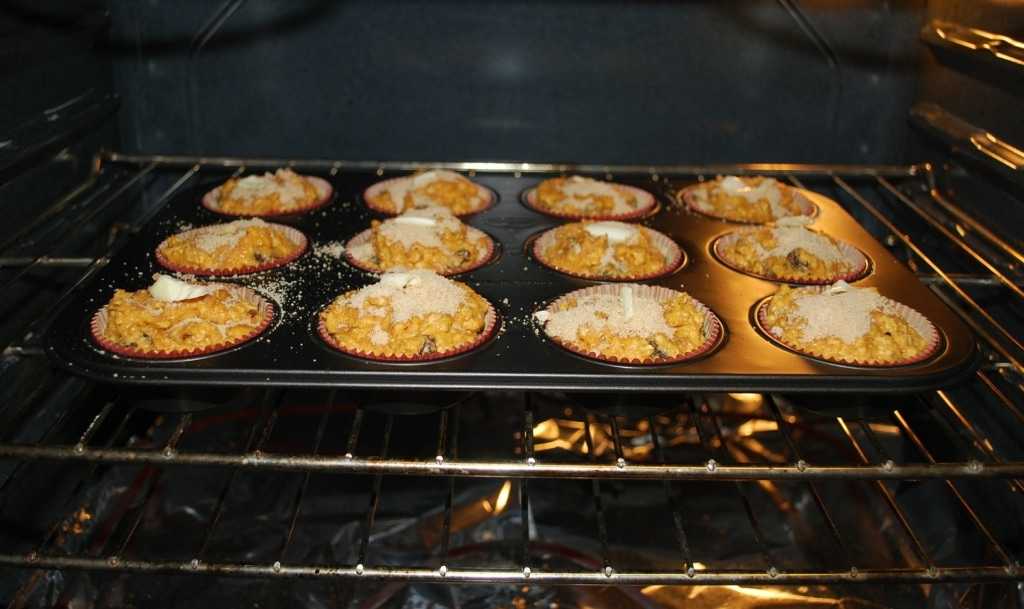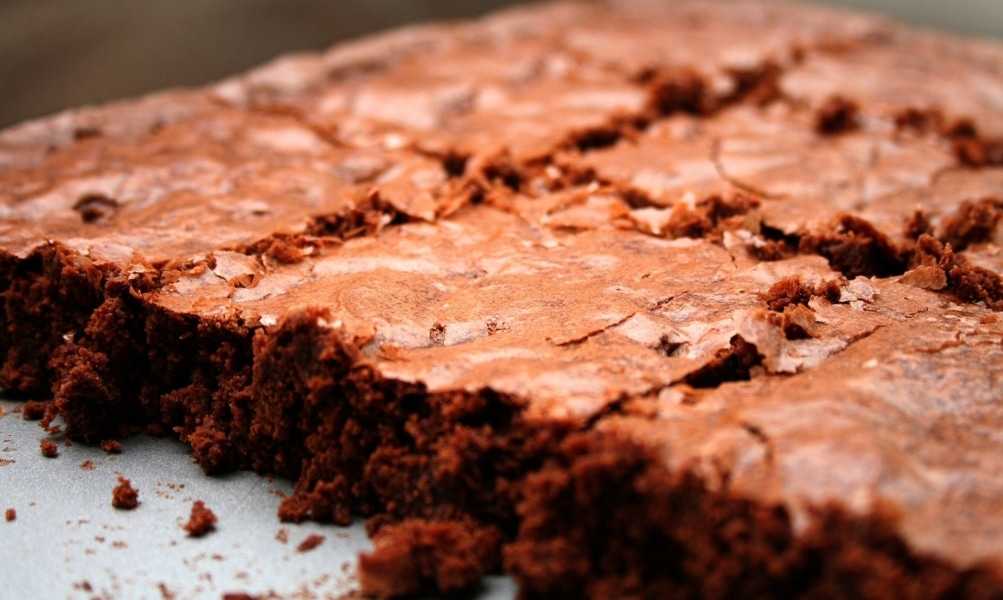How to make your own Canna Butter for Edibles
Cannabis-infused butter, or Canna-Butter, is by far the most common method used to make edibles. Follow our simple, tried and true method to make your own. For those more scientifically inclined we will detail the process so you can understand what’s happening when you bake your own cannabis edibles. There’s a lot more at work than just adding cannabis to a baked good and getting psychoactive effects from it. THC-A in it’s acidic form, the kind your dried bud has, doesn’t do anything psychoactively if you ingest it. You need to process the bud to convert that THC-A into delta-9 THC. The process doesn’t end there either. If you want to get the most out of your delta -9 THC, you need to bind it to a fat so your body can absorb it. Does all of this sound overwhelming? If so, you’re in luck! This article is going to break each step of the process down. You will be able to produce your own edibles, and you will understand how each part of the process works.
Decarboxylation

One of the most important, but most often overlooked steps to create potent cannabis edibles is decarboxylation. In short, THC-A (the acid form of delta 9 thc [the psychoactive compound]) requires some time and heat in order to break down into delta 9 thc. Decarboxylation refers to the fact that the process removes a carbon in the form of co2 from the thc molecule. In certain conditions, during decarb, you can even see the co2 escaping.
Proper Decarb Temperature
There are a few schools of thought when it comes to properly decarboxylating your cannabis. Some people prefer to quickly apply high heat and complete the process in a short amount of time. Other people prefer to apply a lower heat over a longer amount of time, to preserve the terpenes for the final product. In either case, there are some pretty set numbers with data to back it up, so you’ll be able to find a decarb time that works for you no problem. The big takeaway from this portion of the article is to dial in your decarb time, because any over-cooking you do of your cannabis is converting your precious THC into CBN, which is not psychoactive. You also don’t want to under decarb, because THC-A is not psychoactive whatsoever if ingested. There are many resources with data on precise temperatures but we will keep it simple here.
Quick Decarboxylation
For a quick, fast decarb of your cannabis, place your cannabis (ground very finely) on an aluminum foil lined baking sheet, and cover over with more aluminum foil, to create a seal. Then set your oven temperature to 293 degrees Fahrenheit (it can be helpful to have a thermometer so you can verify that your ovens temperature readings are indeed accurate.
Slow Decarboxylation
For a longer, more efficient decarb of your cannabis the process is almost entirely the same, but the temperature used is very different. Many people believe 252F at 27 minutes is the ideal time and temperature for decarboxylation, with the least amount of CBN being converted into THC. Some other people take things even slower, heating their cannabis to 223F for 51 minutes.
Infusion – is it even necessary?

Delta-9 THC is available to your body, which means you can eat activated (decarboxylated) cannabis and you will feel psychoactive effects. However, our gut and GI system is poorly equipped to extract thc. Many people take their activated cannabis and mix it into baked goods, and are happy with the results. It’s simple, no doubt, but for a valuable product like cannabis, you want to get all of the psychoactive effects out of it that you can. Is this the best way to do it, or is there a better way to help our bodies absorb more of this precious chemical?
Infusion
In simple, infusion is the process of extracting the delta-9 THC from your cannabis, by heating and submersing the product in a fat or oil medium. When delta-9 THC is extracted into a fat, it binds to the fat cells and fat is something our body can easily handle and process. This means that if we bind the THC to fat first, more it will be able to enter our blood stream, to provide you with the psychoactive effects you’re after. There are a couple different ways to go about infusing and we will focus on the most common method here.
Infusion into Fat
The most common method, and why the article tite includes canna-butter, is to infuse your THC in a fat. The most commonly used fat by far is unsalted, high fat content butter, but any oil will work. Many people prefer coconut oil for its perceived health benefits, and the ease of working with it once it resolidifies.
The process is extremely simple: submerge your product in the oil or fat of your choosing, at approximately 200 degrees fahrenheit, and allow it to simmer for 3 hours. Slow cookers are a very simple and effective cooking tool that many of us have in our kitchen, and they’re invaluable for infusing cannabis. Being able to set your slow cooker to low and walk away for 3 hours frees up a lot of room in the meantime. It is recommended though, that you stir the mixture every so often and to make sure that all the cannabis doesnt stick immediately to the bottom of the pot.
Proper Dosing
Edible dosing is hard to get perfect: much of the time, our edibles created are baked goods, and just by the nature of the way baked goods are created, it’s hard to get an entirely uniform amount of THC across it all. This is a problem though, because sensitivity to THC varies widely from person to person; what may take you 500mg of thc to reach might only take another person 50mg. And an edible experience at too high of a dose is rarely a fun one, especially if you’re not used to it. A few techniques are available to use though to contribute to easier, more precise dosing, and we will go over the most popular ones.
Individually Dosed Items
The simplest way to ensure an exact dose in a given edible or baked good is to dose each item with an activated cannabis concentrate. A good example is making a batch of gummy bears using delta 9 THC distillate. If you wanted to make 50mg gummy bears, you could divide one gram of the distillate into approximately 20 bears, applying one twentieth of the gram to each individual gummy bear. If you wanted a heavy, 500mg dose, you could make two gummy bears and divide the gram of THC distillate between them. This way you’re guaranteed to get a precise dose in each item. But this is a labour intensive process and isn’t easily scaleable for a larger production.
Emulsifiers
Emulsifying is a method that’s quickly picked up steam as it allows for larger batches to be made at once while ensuring even dosing throughout the product. The idea is very simple: you use a natural emulsifier like soy lecithin and mix it into your fat or alcohol and THC mix, and the emulsifier suspends the THC evenly throughout the mixture. From there you can use the product to bake with or to create candy with, and you’re much more likely to end up with consistent dosing.
Baking

Once you have your cannabis activated and infused into a fat, it’s time to bake or cook with it! The process here is very simple: infusing and binding your cannabinoids to the fat protects them from regular baking temperatures that would otherwise evaporate lone THC. So if you decide you want to make brownies, you can safely cook your brownies at 350 or higher as long as your THC is infused. Another reason why this is okay is that when you bake, even if your oven is set for 350 degrees, unless you leave your baked goods in all day, they will not reach that high of a temperature. The inner temperature will likely not go higher than 200 degrees.
Consumption / Effects
Once your edibles are done, it’s time to dig in! But slow down a little, because edibles hit you a bit differently than inhaled cannabis does. Once your blood absorbs the THC from your edible, the delta-9 THC is processed into 11-Hydroxy-THC, a much more psychoactive compound. It’s always recommended to start low when it comes to edibles; you can always take another brownie, but you cant take one less if you already had it.
Once you ingest cannabis orally, the effects can take anywhere from 45 minutes to 3 hours to be felt. While it may be temping to have a second dose if you don’t feel anything after 2 hours, the last thing you want is to take a second dose and realize that the first one was too much. Set aside some time and experiment to figure out what your dose is. With the information in this article you’ll not only be able to dose your own edibles properly, but you’ll be able to safely figure out how to use it as well.

 DISCORD
DISCORD